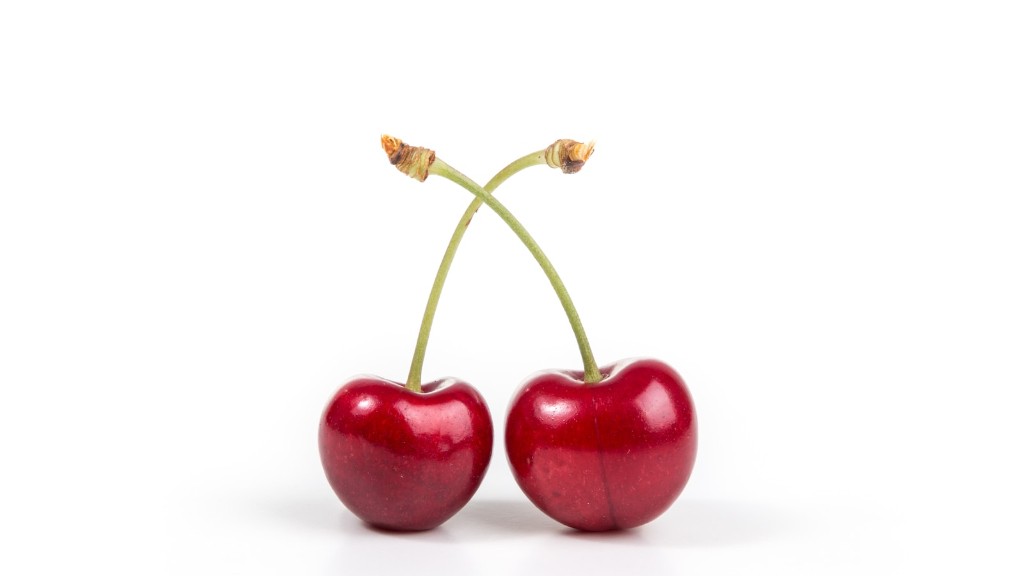Caring for a lemon tree requires knowledge, effort and patience. Keeping your tree healthy can be a tricky task and to make sure it stays productive, you need to understand it’s needs and provide it with proper care. Here are some of the basic tools and techniques you can use to make sure your lemon tree is flourishing:
1. Location: Lemon trees like to be in a place that receives at least eight hours of direct sunlight each day. While your tree can tolerate some shade, too much shade can inhibit its growth by depriving it of the energy it needs to grow.
2. Soil: Lemon trees need soil that is well-draining, fertile, and neutral pH. Fertilizing with a balanced mix once or twice a year is recommended.
3. Watering: Keep the soil moist, but not wet, by watering your tree every few days. Lemon trees need more water during hot and dry weather and less during the winter months.
4. Pruning: Pruning your lemon tree to remove dead and diseased branches is essential in order to keep it vigorous. Pruning will help promote new growth and allow sunlight to reach the interior of the tree.
5. Fertilization: Fertilizing your lemon tree with a balanced fertilizer in the early spring will help promote growth and give your tree the nutrients it needs.
6. Pest Control: Insects such as mealybugs and aphids can wreak havoc on a lemon tree, so be sure to monitor your tree for signs of infestation. Luckily, pesticides are available if needed.
7. Harvesting: Waiting for the lemons to ripen on the tree is perhaps the best part of growing your own lemon tree. Once ripe, pick the lemons by hand and enjoy their unique citrus flavor.
Additional Tips
In addition to the basics, there are a few more things you can do to ensure the health of your lemon tree.
1. Check for Disease: Your lemon tree might be vulnerable to certain plant diseases, such as citrus greening or citrus canker. You should inspect your tree regularly for these problems, and if you notice any sign of infection, act quickly to treat it.
2. Mulching: Mulching can help conserve soil moisture and maintain soil temperature. It reduces competition from weeds and can also help to improve the soil quality. Be sure to use organic mulch, such as grass clippings or compost.
3. Pollination: Pollination can be an issue in some areas, as lemon trees rely on cross-pollination. Planting other citrus varieties nearby can help, or you can use a small brush to pollinate the blooms yourself.
4. Disease Prevention: Keeping your lemon tree healthy is the key to preventing disease. Make sure the tree receives adequate sunlight, water, and nutrients, and keep it well pruned. Monitoring for signs of pests or disease can help you catch problems before they become too serious.
5. Harvesting: Knowing when to pick your lemons is the key to getting the most flavor from them. Lemons should be picked when they are still green, as they will continue to ripen off the tree. Also, pick the lemons before any wet weather or they may become waterlogged.
Citrus Greening
One of the biggest threats to lemon trees is citrus greening, a bacterial disease that is spreading quickly. It causes the yellowing of the leaves and can significantly reduce the quality and quantity of the fruit. The key to preventing this disease is monitoring the tree for signs of it, such as yellow leaves and discolored fruit, and taking quick action if you spot it.
1. Inspection: Regularly inspect your lemon tree for signs of discoloration or wilting. If you see anything suspicious, act quickly to identify and treat the problem.
2. Monitoring: Monitor your tree for signs of citrus greening, such as yellow leaves or discolored fruit. If you notice any of these signs, take a sample of the tree and have it tested for the disease.
3. Treatment: If your tree is found to have citrus greening, you will need to act quickly and use a combination of treatments, such as copper fungicides, nutrient management, and insecticides.
4. Prevention: Preventing citrus greening in the first place is the best option. Make sure that your lemon tree is well nourished and has plenty of sunlight and water. Monitor your tree for signs of disease, and apply appropriate treatments as soon as you see any symptoms.
5. Planting: If your tree becomes infected with citrus greening, you may need to remove and replace it with a disease-free specimen. Be sure to check that the new tree is disease-free before planting it.
Pest Control
Pests can also be a problem for lemon trees, and can cause a variety of issues, such as leaf damage and decreased fruit quality. The best way to keep your lemon tree pest-free is to monitor it regularly and take steps to prevent any problems before they become too serious.
1. Inspection: Monitor your lemon tree for signs of pests, such as holes in leaves or wilting. If you see any worrying signs, inspect the tree more closely.
2. Identification: Identifying the type of pest can help you choose the appropriate treatment. There are many different types of pests that can damage your lemon tree, such as scales, aphids, and mealybugs.
3. Treatment: Treating the pests involves using an insecticidal soap or another specific pesticide. Be sure to follow the instructions on the label and apply the pesticide or soap as needed.
4. Prevention: The best way to keep your lemon tree pest-free is to practice good sanitation and clean up any fallen leaves or fruits. Keep the tree well watered and fertilized, and be sure to inspect it regularly.
5. Alternative Control: If pesticides are not an option, you can use other methods of pest control. Introducing beneficial insects, such as ladybugs and lacewings, can help keep pests at bay. You can also use traps or pheromone lures to attract and trap pests.
Fertilization
Fertilizing a lemon tree is essential to its health and productivity, and can help it grow more vigorously and produce more fruit.
1. Fertilizer Type: Use a balanced fertilizer, such as a 10-10-10 or 8-8-8, that contains equal parts nitrogen, phosphorus, and potassium. Organic fertilizers, such as fish emulsion, can also be used.
2. Application: Applying fertilizer in the springtime helps promote vigorous growth and provide the tree with the nutrients it needs. Apply according to the instructions on the label and water it in afterward.
3. Frequency: Fertilize your lemon tree once or twice a year, in the spring and summer. However, if you live in an area with sandy or fast-draining soils, fertilizer may need to be applied more frequently.
4. Amount: The amount of fertilizer to use depends on the size of your tree and the type of fertilizer you’re using. A general rule of thumb is to use 1 pound of fertilizer for every 1 inch of tree trunk diameter.
5. Organic: Organic fertilizers are a good option if you want to avoid the use of synthetic chemicals. Organic fertilizers, such as compost, manure, or fish emulsion, can provide your tree with helpful micronutrients while avoiding any potential harm to the environment.



